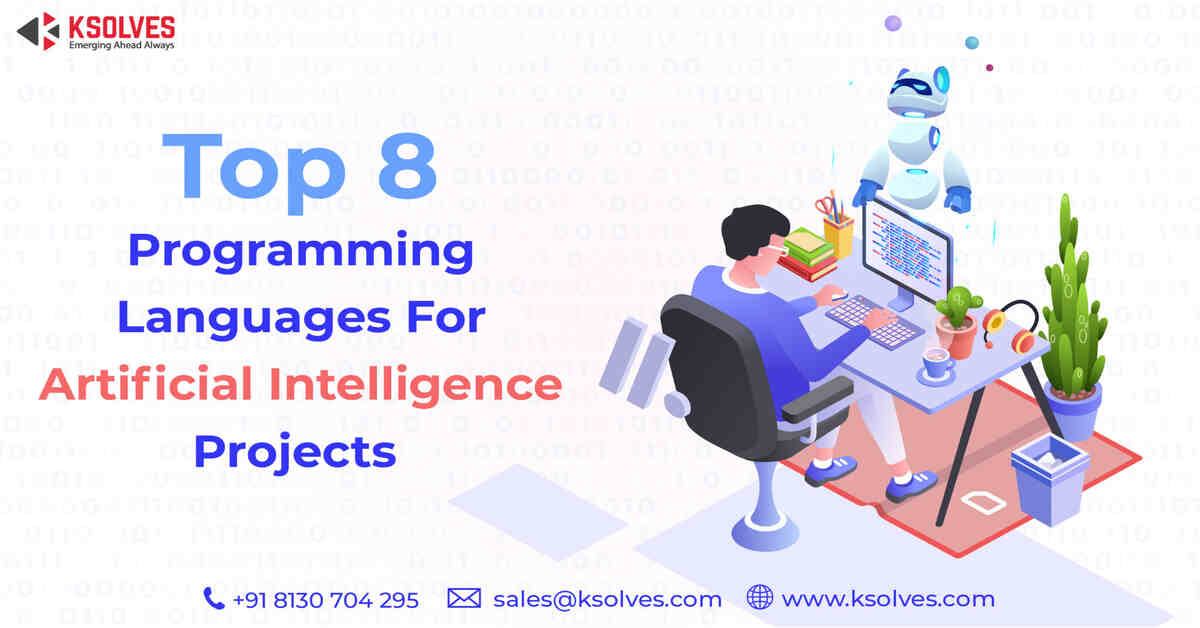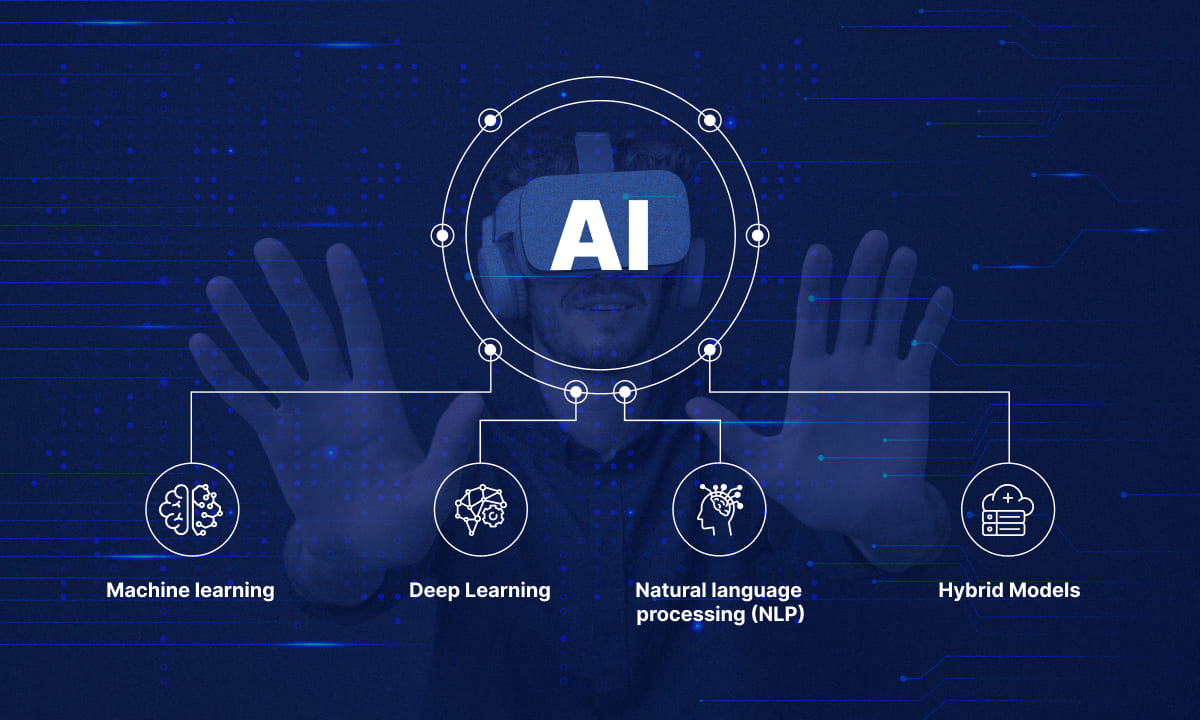
Mojo Rising: The Resurgence of AI-First Programming Languages
The old joke goes that programmers spend 20% of their time coding and 80% of their time deciding what language to use. With the rapid advancement of artificial intelligence (AI), it’s no surprise that we’re seeing a resurgence of AI-first programming languages. These languages are designed from the ground up to address the specific needs of AI development, and they’re changing the game.
 The rise of AI-first programming languages
The rise of AI-first programming languages
In the 1970s and 1980s, AI-focused languages like LISP and Prolog introduced groundbreaking concepts such as symbolic processing and logic programming. These languages profoundly impacted the future of software, influencing the design of modern languages like Python, Haskell, and Scala. However, as AI funding dwindled, the focus shifted to general-purpose languages like C, which offered better performance and portability.
Fast-forward to today, and we’re seeing a repeat of history. AI is driving the invention of new programming languages that can effectively bridge the gap between abstraction and utilizing the underlying hardware. APIs and frameworks like TensorFlow’s Tensor Computation Syntax, Julia, and revived interests in array-oriented languages like APL and J are reducing the overhead of translating mathematical concepts into general-purpose code.
A new wave of AI-first languages
More recently, languages like Bend, Mojo, and Swift for TensorFlow have emerged, designed from the ground up to address the specific needs of AI development. These languages represent a growing trend towards specialized tools and abstractions for AI development.
Mojo: A New Kid on the Block
Mojo, created by Modular, promises to bridge the gap between Python’s ease of use and the lightning-fast performance required for cutting-edge AI applications. As a superset of Python, Mojo allows developers to leverage their existing Python knowledge and codebases while unlocking unprecedented performance gains. Mojo’s creators claim that it can be up to 35,000 times faster than Python code.
 Mojo’s Performance Advantages
Mojo’s Performance Advantages
Mojo’s focus on seamless integration with AI hardware, such as GPUs running CUDA and other accelerators, enables developers to harness the full potential of specialized AI hardware without getting bogged down in low-level details. Mojo introduces several features that set it apart from Python, including static typing, an ownership system, and borrow checker similar to Rust, ensuring memory safety and preventing common programming errors.
Mojo’s Key Features
The open-sourcing of Mojo’s core components under a customized version of the Apache 2 license is likely to accelerate its adoption and foster a more vibrant ecosystem of collaboration and innovation. As more developers build tools, libraries, and frameworks for Mojo, the language’s appeal will grow, attracting potential users who can benefit from rich resources and support.
 The Future of AI Development
The Future of AI Development
The resurgence of AI-focused programming languages marks the beginning of a new era in AI development. As the demand for more efficient, expressive, and hardware-optimized tools grows, we expect to see a proliferation of languages and frameworks that cater specifically to the unique needs of AI. These languages will leverage modern programming paradigms, strong type systems, and deep integration with specialized hardware to enable developers to build more sophisticated AI applications with unprecedented performance.
 A New Wave of Innovation
A New Wave of Innovation
The rise of AI-focused languages will likely spur a new wave of innovation in the interplay between AI, language design, and hardware development. As language designers work closely with AI researchers and hardware vendors to optimize performance and expressiveness, we will likely see the emergence of novel architectures and accelerators designed with these languages and AI workloads in mind.
 The Future of Computing
The Future of Computing















